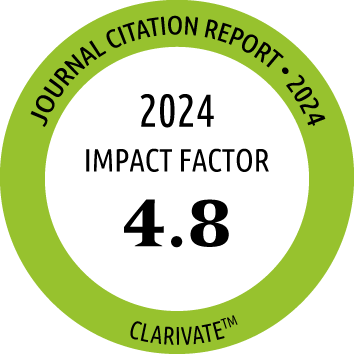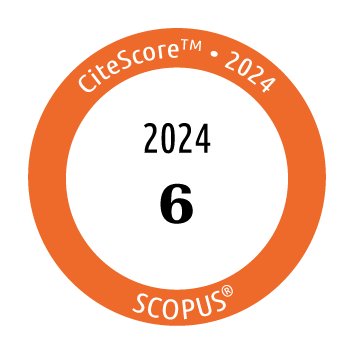Return to content in this issue
The Sting Challenge Test Shows High Negative Predictive Value in Patients Receiving Venom Immunotherapy
Alfaya Arias T1, Vega Castro A2,3, Garnica-Velandia D4,5, Macías Iglesias J1, Pereira González J6,7,8, Blanco Toledano N9,10, Puig Fuentes A9, Vicens-Novell G11, Bermúdez Bejarano M12, Tsopana A2, Marquès L4,5, González-de-Olano D13, Pérez-Fernández E14, Ruiz-León B9,10
1Allergy Unit, Hospital Universitario Fundación Alcorcón, Madrid, Spain
2Allergy Service, Hospital Universitario de Guadalajara, Guadalajara, Spain
3IDISCAM (Instituto de Investigación de Castilla la Mancha), Toledo, Spain
4Allergy Service, Hospital Universitari Arnau de Vilanova, Lleida, Spain
5Instituto de Investigación Biomédica de Lleida, IRBLleida, Spain
6Allergy Department, Hospital Universitario Vall d´Hebron, Barcelona, Spain
7Vall d'Hebron Institut de Recerca (VHIR), Barcelona, Spain
8Universitat Autònoma de Barcelona (UAB), Barcelona, Spain
9Allergology Unit, Hospital Universitario Reina Sofía, Córdoba, Spain
10Maimonides Biomedical Institute of Córdoba (IMIBIC), Hospital Universitario Reina Sofía, University of Cordoba, Spain
11Allergy Department, Hospital Clinic, Barcelona, Spain
12Allergology Unit, Hospital Universitario de Jaén, Jaén, Spain
13Hospital Universitario Ramón y Cajal, IRYCIS, Madrid, Spain
14Investigation Unit, Hospital Universitario Fundación Alcorcón, Madrid, Spain
J Investig Allergol Clin Immunol 2026; Vol. 36(3)
doi: 10.18176/jiaci.1086
Key words: Hymenoptera venom allergy, Predictive value, Risk factors, Sting challenge test, Venom immunotherapy, Field sting
| Title | Type | Size | |
|---|---|---|---|
 |
doi10.18176_jiaci.1086-supplementarymaterial.pdf | 61.89 Kb |




